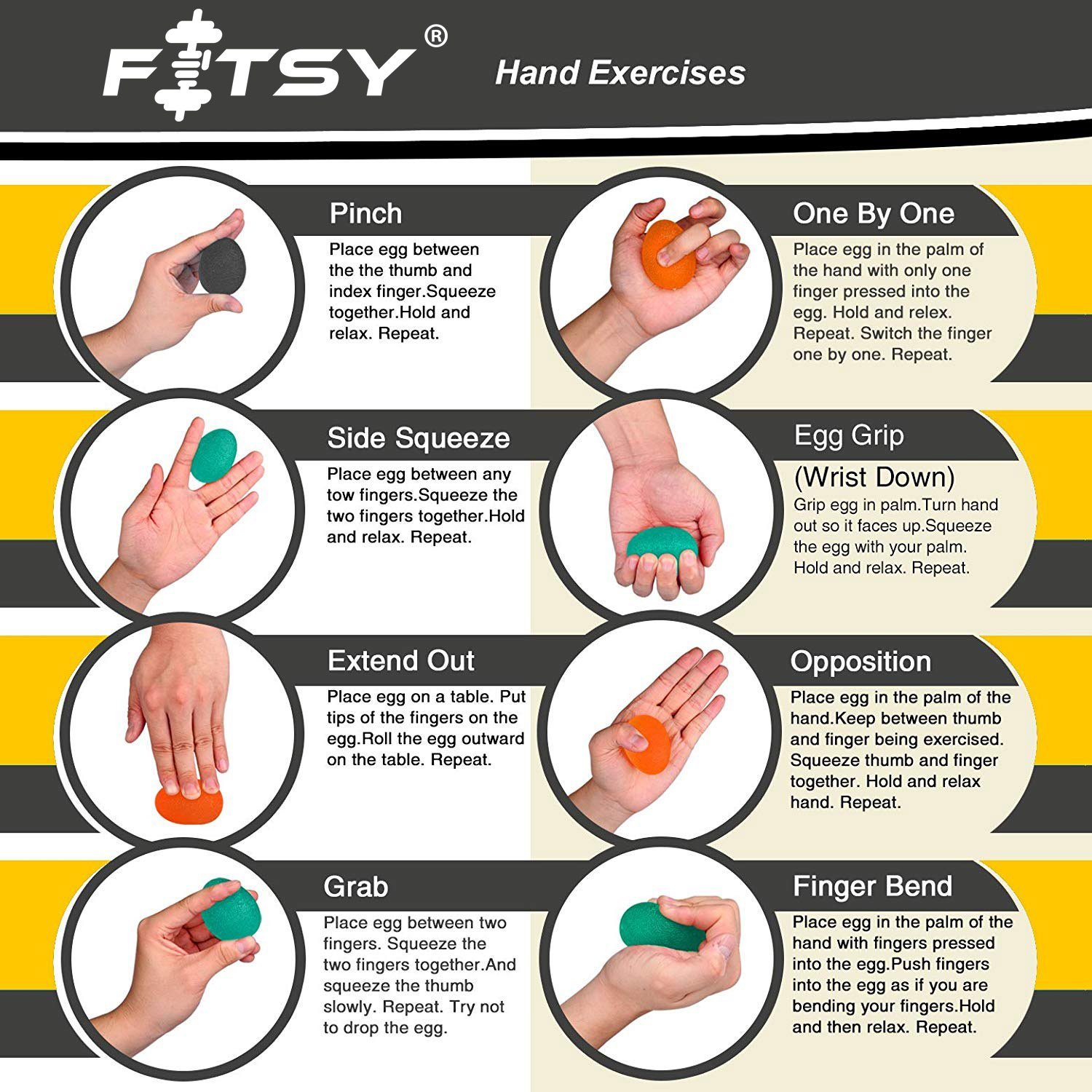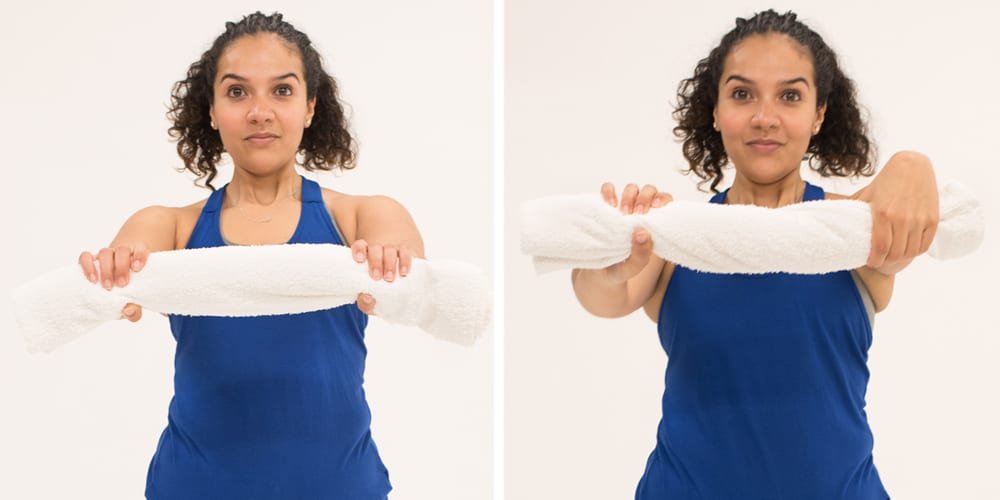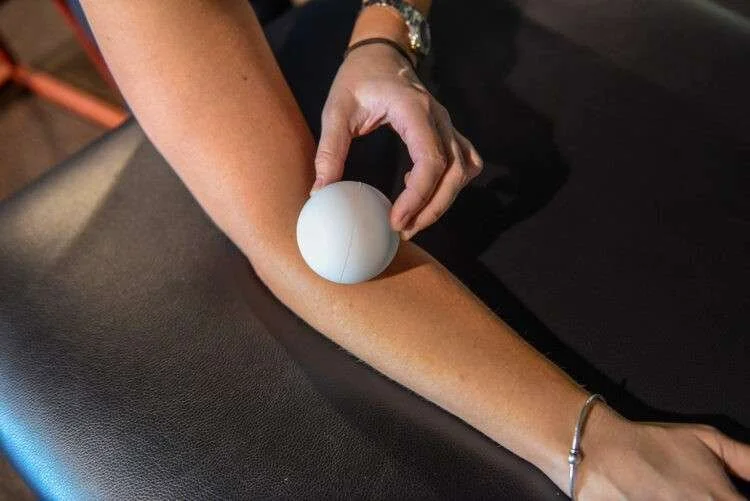Gamer's Elbow Explained
What do you, Serena Williams, and Esport athletes have in common? That’s right tennis elbow!!
Tennis Elbow Explained
The mechanism in which Tennis elbow (TE) occurs in these two seemingly unrelated individuals is different, but the necessary treatment isn’t as different as you may think.
TE, aka lateral epicondylitis, is the irritation of Extensor Carpi Radialis Brevis (ECRB) commonly seen by racket sport athletes, office workers, and gamers. Below is a list of the common mechanisms of injury that tend to cause TE:
Repetitive eccentric wrist flexion
Concentric wrist extension (ex. using a screwdriver)
Repetitive finger flexion with an extended wrist (typing)
Ulnar deviation (mouse use)
This chronic irritation will cause adhesions and inflammation of the ECRB and surrounding tissues. TE tends to have a gradual onset of pain and will continue to become worse as the above activities are performed. While performing the aggravating activities, patients will notice a burning/sore sensation on the outside of the elbow.
How Do I Know If I Have Tennis Elbow?
I wanted to include some simple self-tests that you can perform while reading this article. They are self-explanatory, but if you need further guidance, please feel free to reach out in the comments below.
The lateral epicondyle and the surrounding muscles are tender to the touch
End range of wrist flexion causes burning pain at the ECRB attachment
Pain with performing day-to-day activities (typing, mouse use, etc)
Pain with gripping objects
Trigger points or “knots” along the muscles of the lateral forearm
Pain with lifting objects with wrist extension
+ Cozen’s and/or Mill’s Test (+ if the motion below causes you pain)
photo credit: shoulderpainexplained.com
How Do I treat Tennis Elbow?
TE treatment is typical of most inflammatory chronic micro-trauma injuries. The most essential portion of the rehab is measured rest from the aggravating activity. Resting, in this case, means resting from the activity at the moment of pain.
By immobilizing the wrist we tend to see scar tissue formation and atrophy of the muscles surrounding it. Without the proper rest, however, all the treatment in the world isn’t going to heal the TE.
This is all about the load capacity of the tissue. If the pain comes after 15 minutes of beginning an activity then that is the stopping point. After this time frame, I recommend building the tissue up with targeted exercises (see below), ice massage, or any movement promotion within the tissue.
The ergonomics of it
Implementing the proper ergonomics into your desk setup is the next step. I have a few short guides focused on proper equipment setup.
Once the equipment is set up, our next step is to make sure your body mechanics and posture are correct. Implementing a properly functioning setup is key to not only eliminating TE, but also preventing the return.
Ice is going to be our best friend during this healing process. Ice will aid the healing process by adding cooling relief, decreasing the inflammation within the elbow, and help numb the elbow for further treatment.
For day-to-day activities, we also want to stabilize the elbow and “move” the anchor point of the elbow’s movements. By changing the anchor point we allow the inflamed portion to heal while still allowing for movement.
In my office, I use Rocktape for stabilization and edema control. I would recommend seeking out a medical professional for this rather than having you just slap some on after watching a YouTube video.
There are numerous other forms of stabilization, such as air cast with an air bladder, strapping, or splints.
The final treatment for TE is the chiropractic aspect of manipulation and manual therapy. The manual therapy can be whatever the specialist deems fit (since there are numerous different methods), but I personally use a Fascial Distortion Model.
The manipulation portion of treatment focuses on allowing the joints to continue to move freely during use. When the soft tissue around the elbow becomes inflamed, the body’s natural instinct is to limit the pain and, therefore the movement of the joint.
Lack of movement of any joint will cause stiffness, soreness, achiness, etc. The best way to combat this by manipulation/mobilization of the joint to allow for normal movement.
Movement not only promotes blood flow but also promotes natural pain reduction mechanisms within the body. Hence, why it feels better to rub your arm after someone punches you or move your ankle immediately after a minor sprain.
Rehabbing Tennis Elbow
The exercise portion of the rehab is crucial and will have a lasting effect on the TE not coming back during a match or during the workday. Below I’ve listed some exercises that will begin the process of recovery and allow you to build endurance in the extensor group. The goal with these exercises is not to build a ton of strength/bulk but rather the endurance to perform the aggravating tasks for longer periods of time before they break down.
Stress Ball work for building Endurance
photo credit: Fitsy
Supination weighted
photo credit: St. Luke’s Health system
Eccentric wrist curls with minimal weight
photo credit: Velo Sports Rehab
Towel Twists
photo credit: Bio4Me
Lacrosse ball for soft tissue mobility
Stretching constantly is not the answer. Managing load and building endurance within the tissues is the long-term play.
If you have any other questions or comments please leave them below














